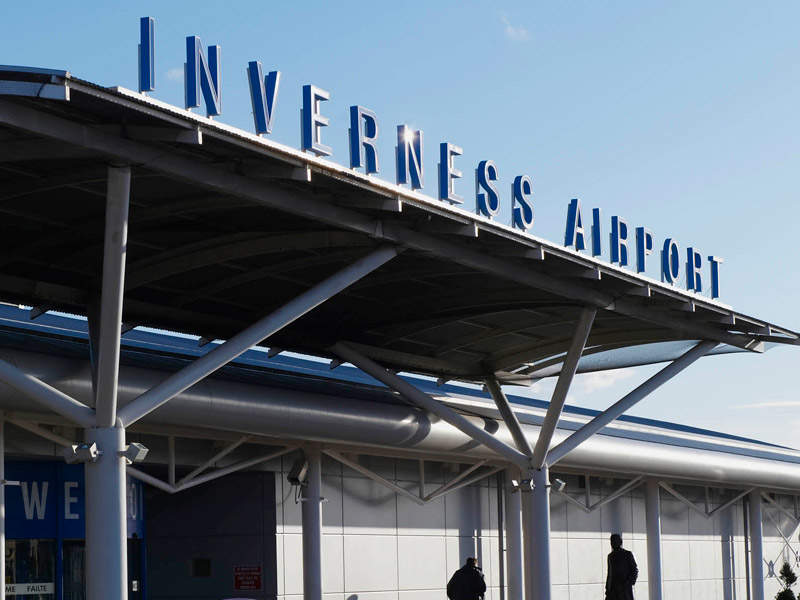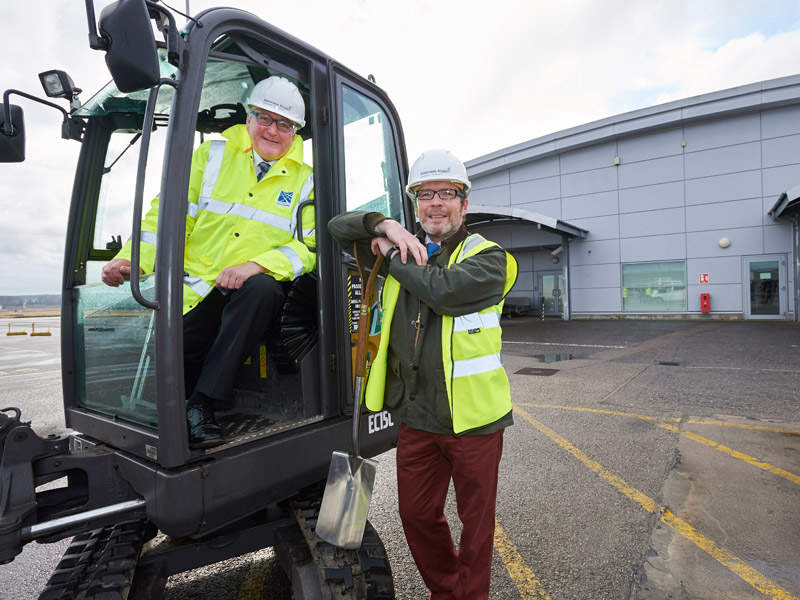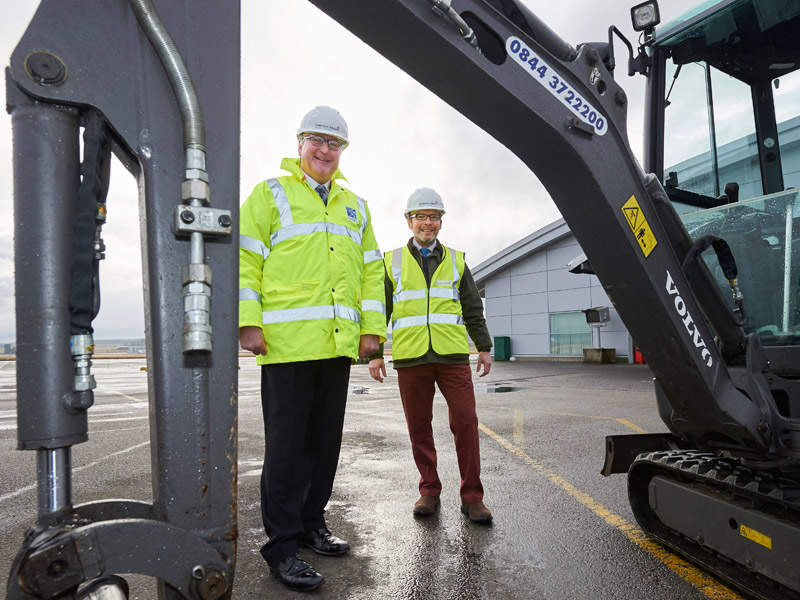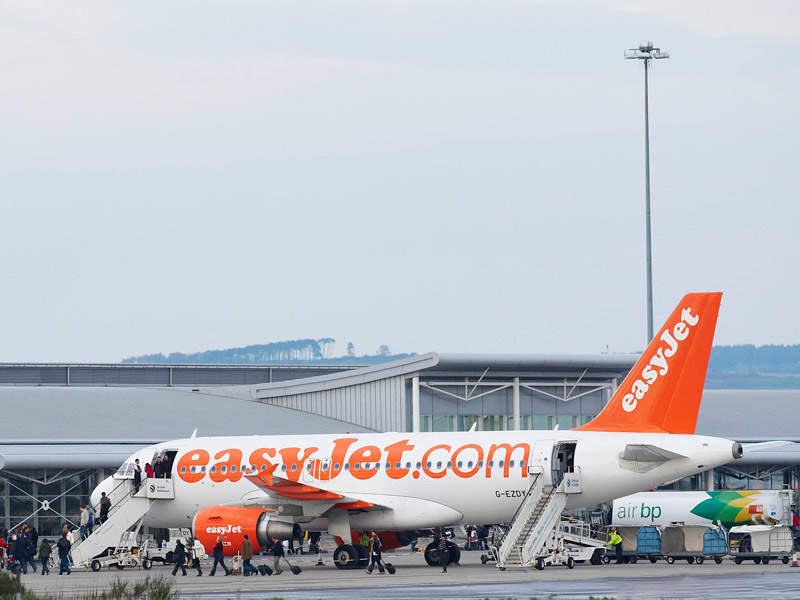The Inverness International Airport is located 13km north-east of Inverness in Scotland, representing the gateway to the Highlands. The airport is owned and operated by the Highlands and Islands Airports (HIAL).
Handling 620,000 passengers between 2014 and 2015, the airport is anticipated to witness rapid growth in international passenger traffic due to the increase in number of new services to international destinations, including Amsterdam, Dublin, Geneva and Zurich. The international traffic over the past five years has increased eight fold from 4,205 in 2010 to 37,450 in 2015.
To ease the traffic at the congested terminal at peak times and accommodate the forecasted traffic growth, HIAL unveiled plans to expand and upgrade the airport’s passenger terminal building in March 2016.
Initiated with a $1.29m (£900,000) investment, the terminal expansion will accommodate more passengers and offer new facilities for them to shop, relax and eat.
Inverness airport terminal expansion details
The terminal expansion project primarily focuses on creating more space in the international arrivals area, streamlining the security process, increasing departure lounge capacity by 75% and increasing the number of retail and catering facilities by three-fold.
A new purpose-built international arrivals hall will be constructed alongside the main terminal and will be linked to the terminal by a covered walkway. The new hall will house border force and international baggage reclaim facilities.
The new arrivals facility will free up space in the main terminal building where the existing airside departure lounge will be extended and reconfigured and four new retail and catering facilities, including a duty-free store and a coffee shop, will be located. The departure lounge will have an additional capacity to accommodate 150 passengers.
The new international arrivals hall and the expanded departure lounge will be open to public in May 2016. The security search area of the airport is also being renovated and expanded under a separate project. The pre-screening area will be revamped to offer faster and more streamlined security process for departing passengers.
Contractors involved
The contract to construct the new international arrivals hall and to expand the existing departure lounge has been awarded to Kier Construction, a company based in the UK.
Infrastructure at the existing airport
The airport has a single passenger terminal building on its north side, which also houses car parks, offices, stores, airport fire station, engineering base and hangars.
Located on the south of the airport, airside infrastructure includes aprons, taxiways, runways, airfield ground lighting and an air traffic control tower situated towards the airfield’s southern boundary line.
Inverness airport runways
The airport features two operational runways; 05/23, which is the main runway, and 12/30, which is the second runway.
The main runway has an overall length of 1,870m and is sufficient to accommodate current and forecast future air traffic at the airport. It can handle short to medium haul aircraft including Boeing 737 and 757, and Airbus A319 and A321.
The second runway is 700m-long and primarily used by light aircraft. It is equipped with an instrument landing system (ILS), which helps in decreasing the decision height from 400ft to 200ft.
Aprons
The airport features two aprons, the north and the south apron, located on the terminal side of the main runway.
The north apron is used primarily for executive jets and light aircraft, whereas the south apron, located closer to the terminal, is used for passenger aircraft.
Parking at Inverness international airport
Two choices of parking are available at the airport, short-stay and long-stay, with disabled parking facilities as well.
With 650 parking spaces, the short-stay car park is situated adjacent to the terminal towards the north and west. A reserved area for car hire parking and drop-off is included within the parking. Long-stay car parking, situated to the right of the terminal building, has 330 parking spaces. Disabled parking spaces are available within the short-stay car parks and in the long-stay facility.
Air traffic control
Constructed in 1995, the air traffic control tower at the airport is located to the south of the airfield.











